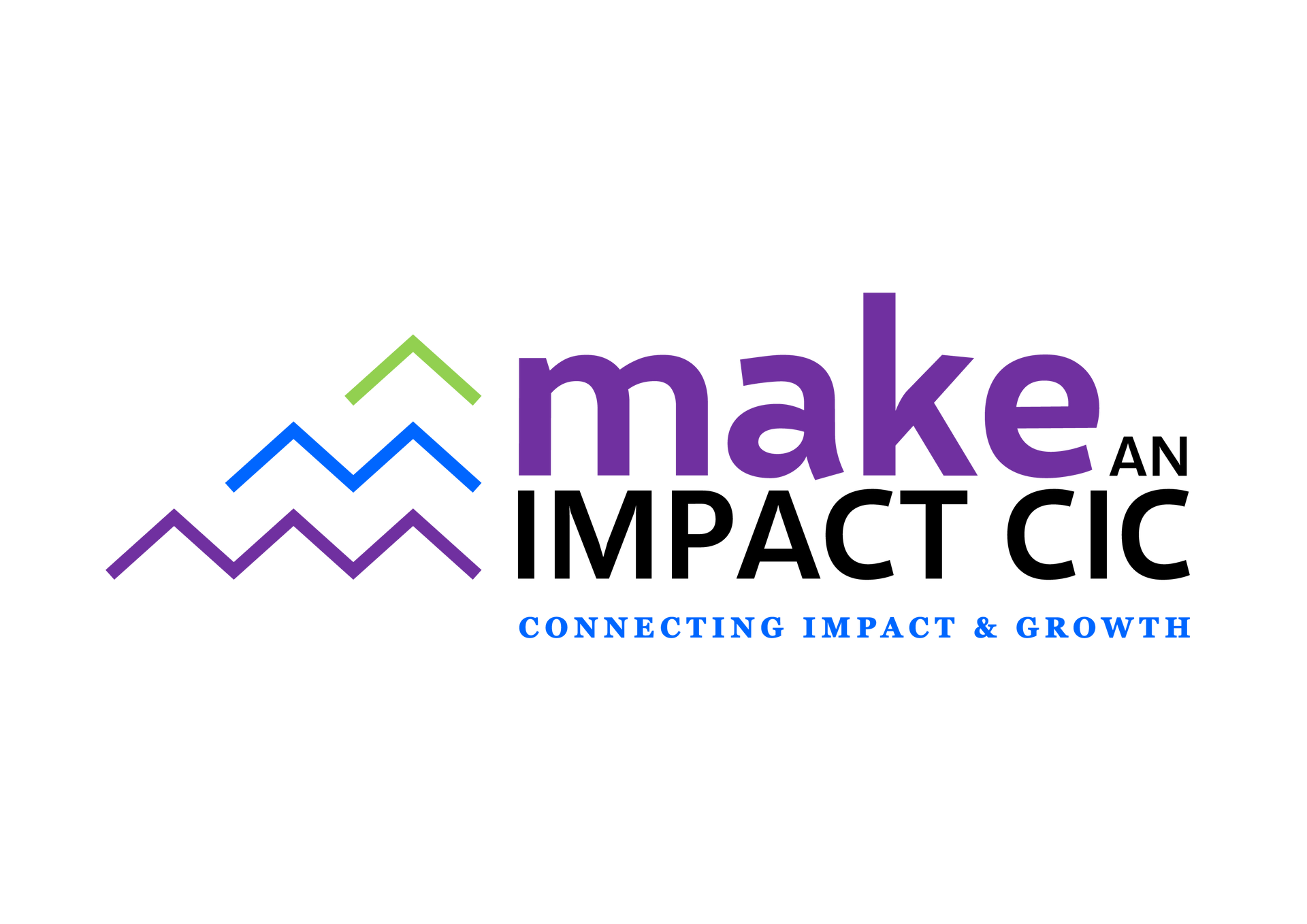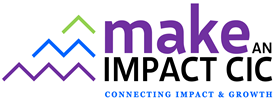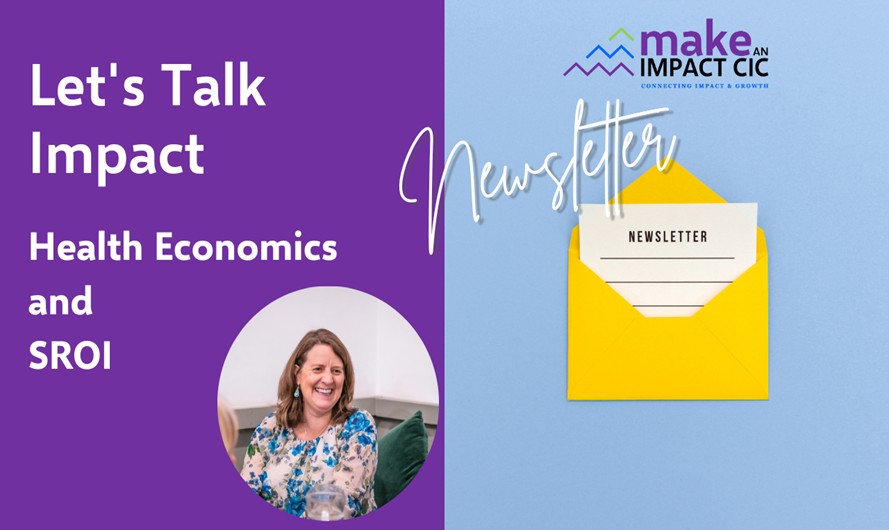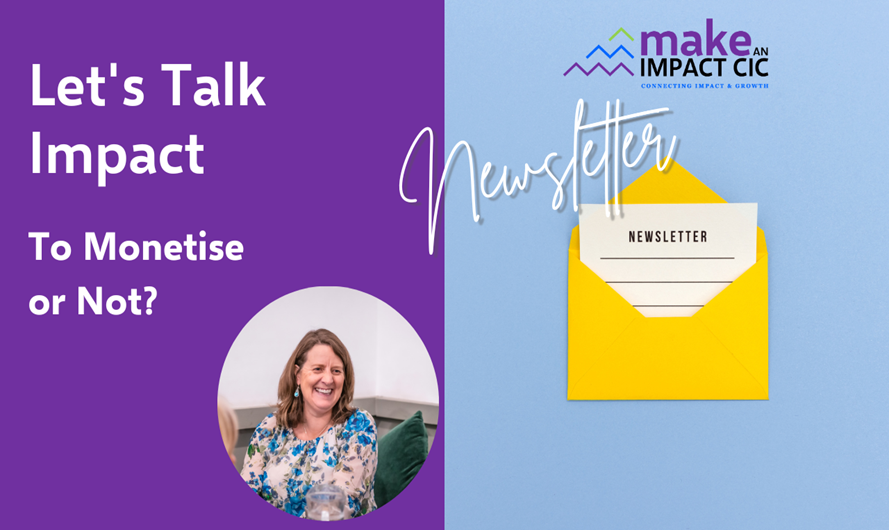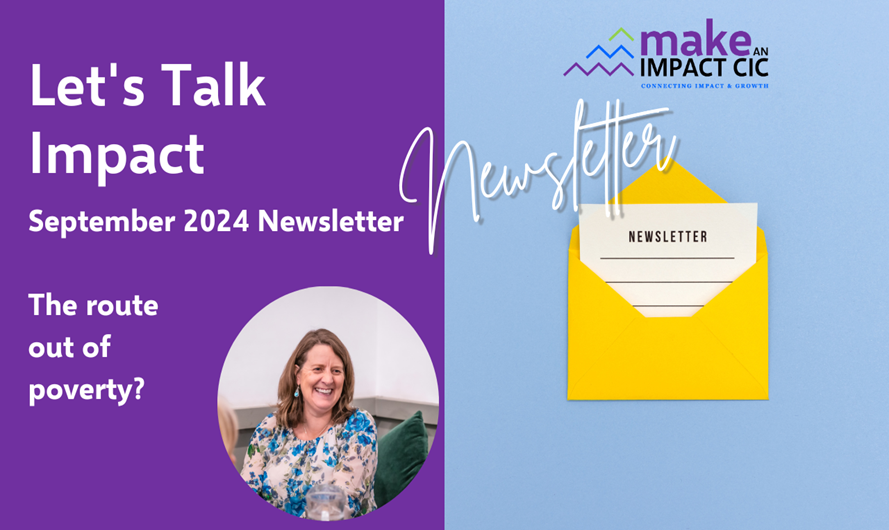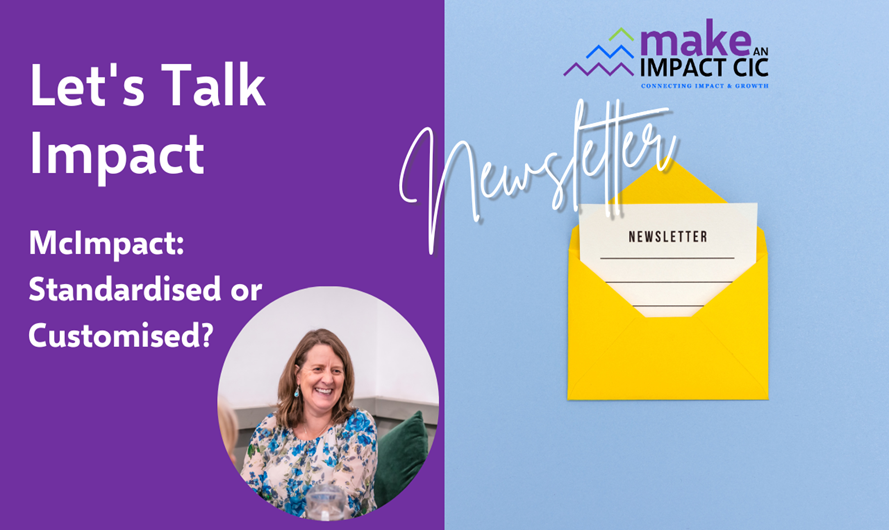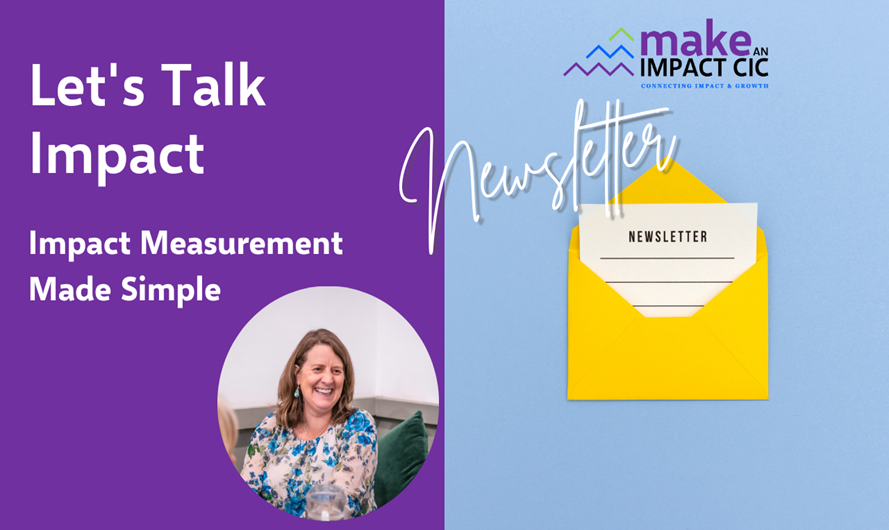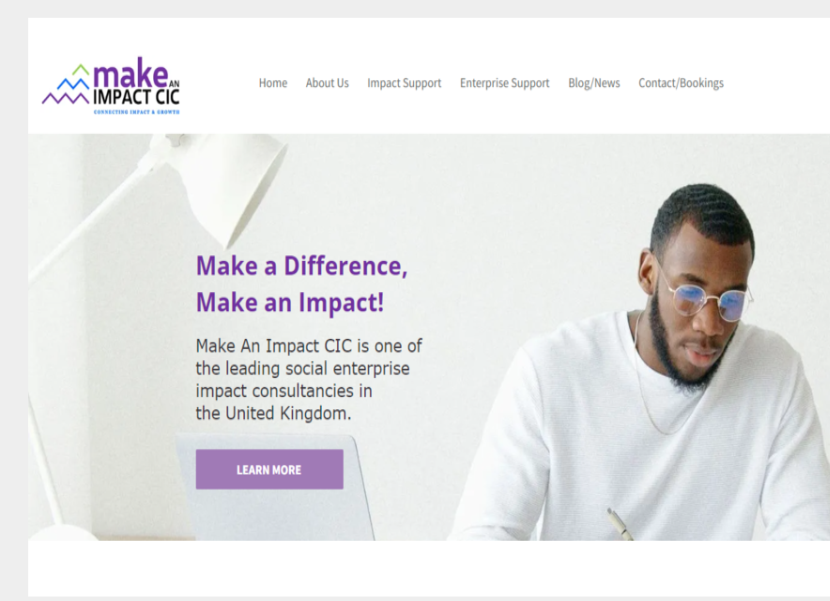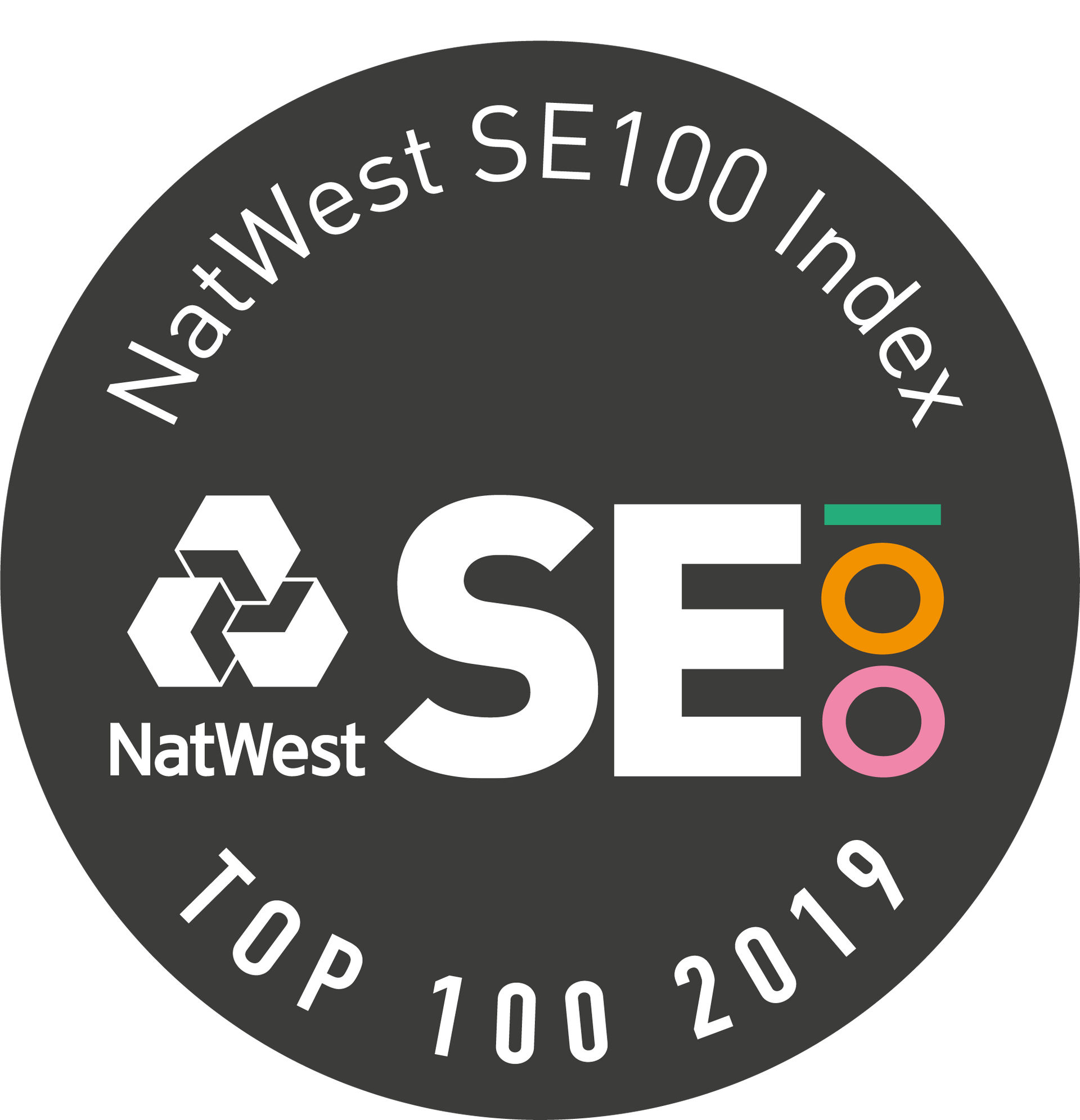This is why you’ll often see RCTs (randomised control trials) recommended – as you can compare one group of people who received the new intervention to those that didn’t.
But what it doesn’t do is look at the wider social and non-economic impacts or build in different stakeholders’ perspectives (health economics is predominantly focused on answering the question “does this new intervention save us money?”).
So in my opinion (I’m sure some of you will see this differently), Social Return on Investment (SROI) can be considered an extension of traditional health economics evaluations, because it goes beyond a simple cost-benefit analysis in several ways:
1. Broader scope for your impact assessment: traditional health economics evaluations, such as cost-benefit analysis or cost-effectiveness analysis, focus primarily on the economic and health-related outcomes of a healthcare intervention, whereas SROI considers a much broader range of social, environmental, and economic impacts. It captures both positive and negative outcomes that may not be quantified in monetary terms.
2. Stakeholder engagement: SROI places a strong emphasis on engaging stakeholders, including patients, community members, and funders, so the perspectives of those affected by the programme are considered in the assessment.
3. Valuation of non-monetary outcomes: SROI involves assigning monetary values to non-monetary outcomes, such as improved quality of life, enhanced well-being, or reduced social inequalities. This valuation process recognises that some benefits of healthcare interventions cannot be easily expressed in monetary terms.
The valuation of non-monetary outcomes is why I love SROI – because we should always be thinking more than money and focusing on the long-term social impacts of healthcare decisions we’re taking now.
4. Reporting and communication: SROI results are often presented in a narrative format, making them more accessible to a broader audience, including policymakers, donors, and the community. It goes beyond technical economic analysis to tell a compelling story of the programme's social value.
In summary, while both health economics and SROI aim to evaluate the impact of healthcare interventions, SROI expands the scope and approach to assessment by including a wider range of outcomes, stakeholder engagement, qualitative data, and a narrative presentation.
Although SROI is born out of traditional cost-benefit analysis it isn’t a simple extension of this approach. Instead, it represents a more holistic and inclusive approach to understanding the social value generated by a programme or intervention.
My recommendation: do SROI to get the full picture of the impact of your intervention.
#HealthCare #SocialReturnOnInvestment
